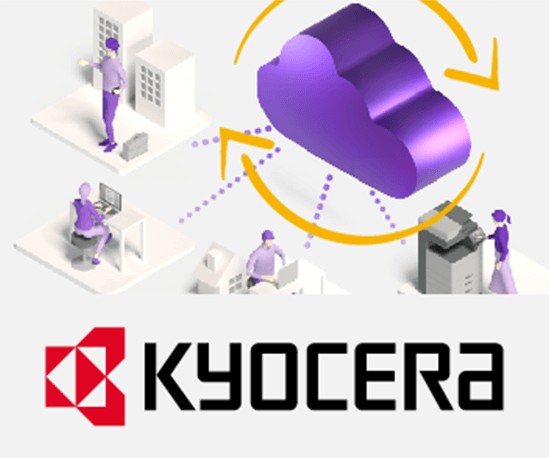

22 September 2017
Guaranteed Success for Your IT Project
Have you ever searched your e-mail accounts for a specific message that was sent to you years ago? Then you know exactly how laborious it is to search through mounds of old correspondence. You may even give up in exasperation after some time of looking through your private e-mails and try to find the required information elsewhere. But that is not always an option. For this reason, all business-related correspondence (even e-mails!) in a business environment must be kept for up to ten years pursuant to Section 147 of the German Fiscal Code. This is a particular challenge for small and medium-sized companies in the process of growing.
This is why more and more SMEs have been using Enterprise Content Management technology for some years. Business documents are stored on a central document server, managed in a version-secure manner, enriched with metadata, and archived, instead of storing them locally on the employee’s computer only. The decisive factor in Enterprise Content Management is that all authorized employees can access and work with all relevant data from all workstations (and more and more often, also while on the move).
The IT industry association bitkom, of which OPTIMAL SYSTEMS is a member, has examined the use of Enterprise Content Management solutions in medium-sized companies in its study ‘ECM in Small and Medium-sized Companies – Status Quo and Perspectives on the Path to the Digital Office.’ Some of the insights gained here are quite remarkable. We have summarized the most important ones for you below.
SMEs rely on flexibility
Almost one in three SMEs currently still manages company-internal knowledge in individual Office documents. Many companies have come up with their own filing systems, which serve their purpose more or less well. Adaptability and flexibility are understandably in high demand with the introduction of an ECM designed to channel this accumulated flood of data. It is noteworthy that these factors are even more important for SMEs than the costs associated with introducing and operating the system.
The new software should fit into the familiar workflows as seamlessly as possible, in order to minimize the training requirements and avoid a time-consuming restructuring of large databases. enaio® from OPTIMAL SYSTEMS excels with its versatile expandability (including its own interfaces and seamless Office integration), allowing it to adapt flexibly to the intended requirements.
IT resources are scarce and therefore valuable, especially in the SME environment. This is probably the main reason why almost half (44 percent) of all SMEs currently rely on an external solution for storing their CRM content instead of operating their own on-premise data center. In contrast, 74 percent of large companies use their own server farm that can be accessed by all ECM locations.
Of course, enaio® from OPTIMAL SYSTEMS keeps mobile working in mind without compromising on data protection and provides clients that enable secure working with different mobile devices and browsers regardless of the location.
All in all, bitkom’s study sees Enterprise Content Management in SMEs as a sector full of growth opportunities. One in four SME plans to procure an ECM solution in the near future. The market volume is estimated at over €1.2 billion.
Of course, we are very confident that the enaio® ECM Suite from OPTIMAL SYSTEMS will be popular among SMEs. We have already helped many SMEs to successfully take the step into the digital future.
You might also like
Do you have any further questions?










